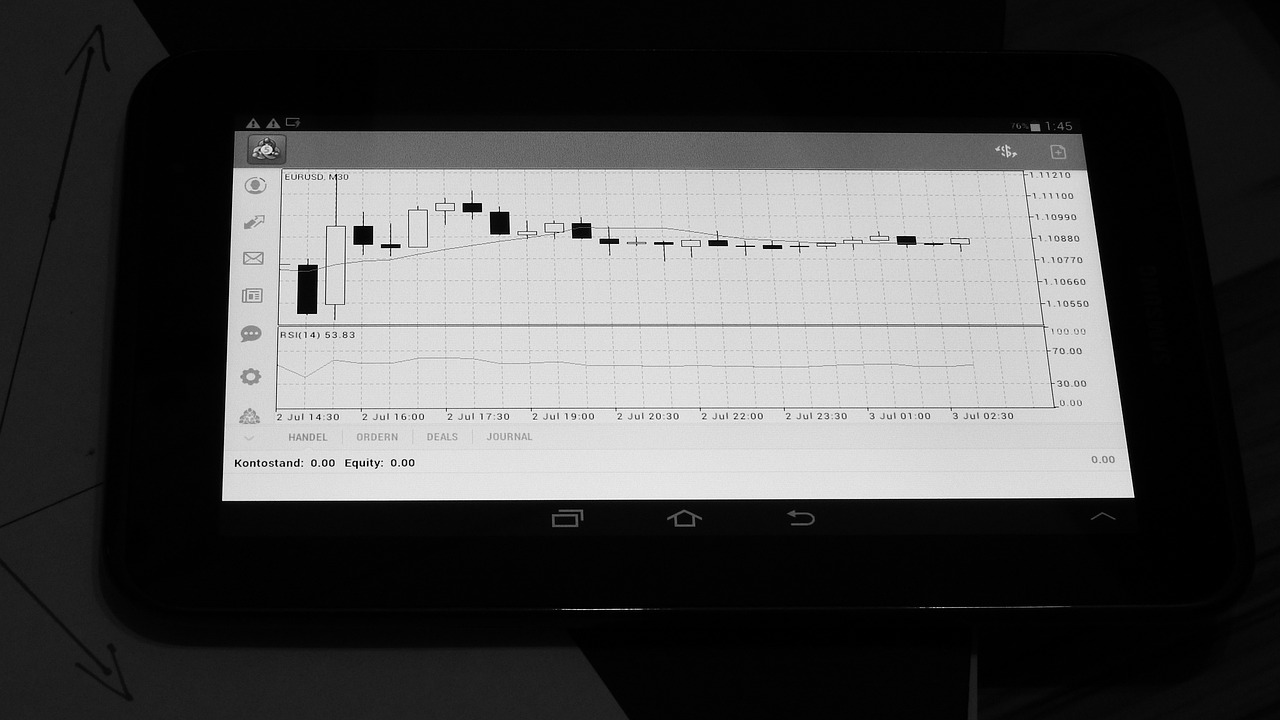Forex swing trading is a popular trading style that aims to capture medium to large price swings in the market. Unlike day trading, which involves opening and closing positions within the same day, swing traders don’t close their positions for days or even weeks. The goal is to profit from larger market moves.
Here is a step-by-step guide on how to maximize profits with Forex swing trading:
Choose a Currency Pair
The first step is selecting a currency pair to trade. Some good options for swing trading include EUR/USD, GBP/USD, USD/JPY, and AUD/USD. Stick to the major pairs, as these tend to have lower spreads and more liquidity.
The minor currency pairs
like USD/CAD and EUR/CHF tend to have wider spreads and less liquidity. This increases trading costs and makes entries/exits more challenging. The lower liquidity also leads to higher volatility, which can trigger stop losses prematurely. For these reasons, major pairs like EUR/USD and GBP/USD tend to work better for swing trading strategies.
Analyze the pairs you are considering to determine trends, support and resistance levels, and volatility. Focus on pairs that display strong trends and sufficient volatility.
Swing Trading with CFDs
CFDs can be used to swing trade Forex, indices, commodities, and stocks, and swing trading with CFDs provides leverage up to 1:30 on major assets.
CFD trading South Africa, for example, lets you take on larger positions with less capital. However, leverage also increases risk exposure if used excessively. When swing trading CFDs, use tight stop losses, appropriate position sizing, and moderate leverage. CFDs allow going both long and short, providing flexibility in different market conditions. Overall, CFDs are a viable instrument for swing trading if managed prudently.
Develop a Trading Strategy
An effective trading strategy is essential for profitability. This should include entry rules, exit rules, risk management techniques, and position sizing parameters. Some proven strategies for Forex swing trading include breakout trading, pullback trading, and momentum trading. Backtest the strategy on historical data to evaluate its profitability. Refine the strategy to maximize returns and minimize drawdowns.
Use Effective Risk Management
Managing risk is critical when swing trading. Determine your risk tolerance and never risk more than 1-2% of capital per trade. Use stop losses to limit the downside. A 2:1 risk-reward ratio is recommended, meaning your profit target should be at least twice as large as your stop loss. Adjust position sizes based on volatility. Reduce size during high volatility periods.
Find a Good Entry Point
Patience is important when entering swing trades. Wait for a high-probability setup that fits your system rules. Many swing traders use technical analysis and chart patterns to identify potential entries. Common entry techniques include breakouts, pullbacks, and momentum shifts. Analyze the market structure across larger time frames to determine ideal entry levels.
Have a Plan for Trade Management
Proper trade management can maximize profits. Use trailing stops to lock in gains as the market moves in your favor. If the market moves against you, determine clear exit rules such as a stop loss based on a recent swing point. Let winning positions run and cut losses short. Use a partial profit-taking strategy if a trade becomes very profitable.
Monitor the Market Conditions
Keep an eye on market conditions that may affect your trades. For example, scheduled news events and economic data releases can produce volatility and trend shifts. It is often best to be out of trades leading up to major
announcements. Also, watch for technical levels and pattern breakouts that could trigger volatility.
Keep Trading Records
Detailed trading records are essential. Log every trade with entry price, exit price, setup strategy, position size, and reason for the trade. Review your trading data periodically to improve decision-making. Measure performance metrics like risk-reward ratio, win percentage, and profit factor. Identify mistakes to avoid repeating them.
Use Prudent Leverage
With Forex you can trade using leverage, meaning your broker lends you capital to increase your position sizes. Use leverage judiciously as it amplifies profits but also increases risk. Many swing traders use less than 5:1 leverage. Never use maximum leverage as this is very risky with larger position sizes.
Have Realistic Expectations
Swing trading takes discipline and patience to execute. You will not win every trade. Losses and drawdowns are part of trading. Aim for consistent execution of an edge-based system. If your strategy has a positive expectancy, profits will come over time. Expectancy = (Average Gain x Win Rate) - (Average Loss x Lose Rate).
Trade with the Overall Trend
Since swing trading involves holding trades for several days to weeks, it is wise to trade in the direction of the overall trend. This means trading with the momentum on the larger time frames (4-hour, daily, weekly). While counter-trend trades are possible, they have a lower probability of success. Trading pullbacks within a larger trend is an ideal approach.
Forex swing trading can produce solid gains if done methodically using a proven strategy. Define entry rules, exit rules, stop losses, and position sizing parameters. Wait patiently for high-probability setups. Manage trades effectively. Stay disciplined in your approach and the profits will follow in time. Always use prudent risk management as this is the key to long-term trading success.


